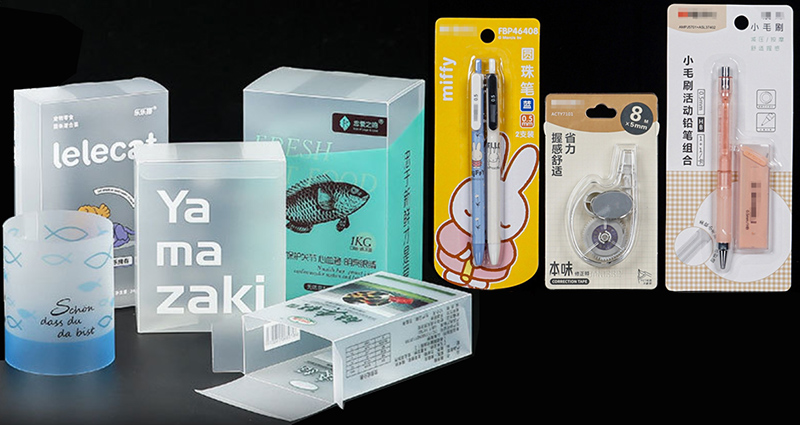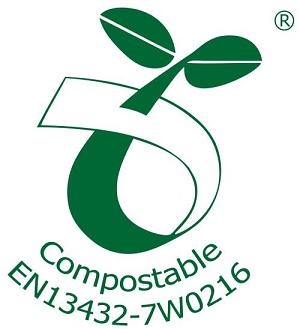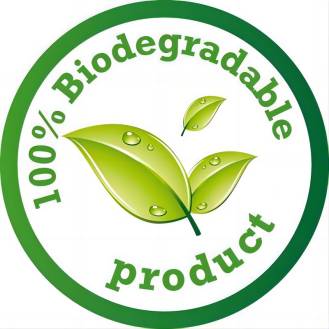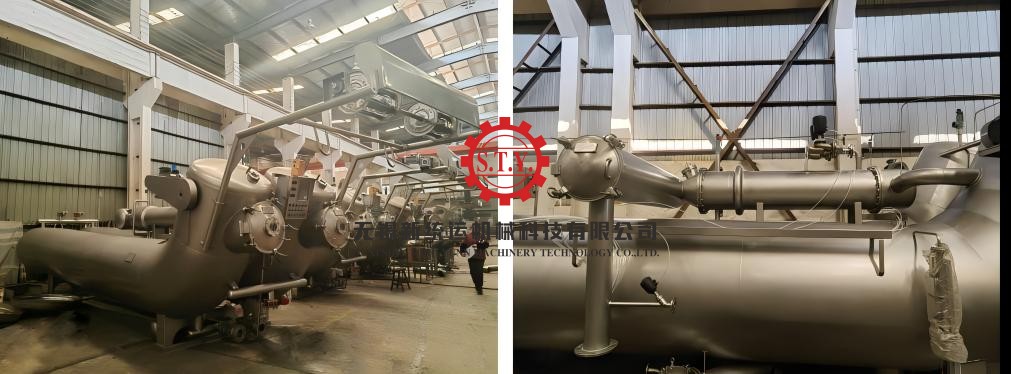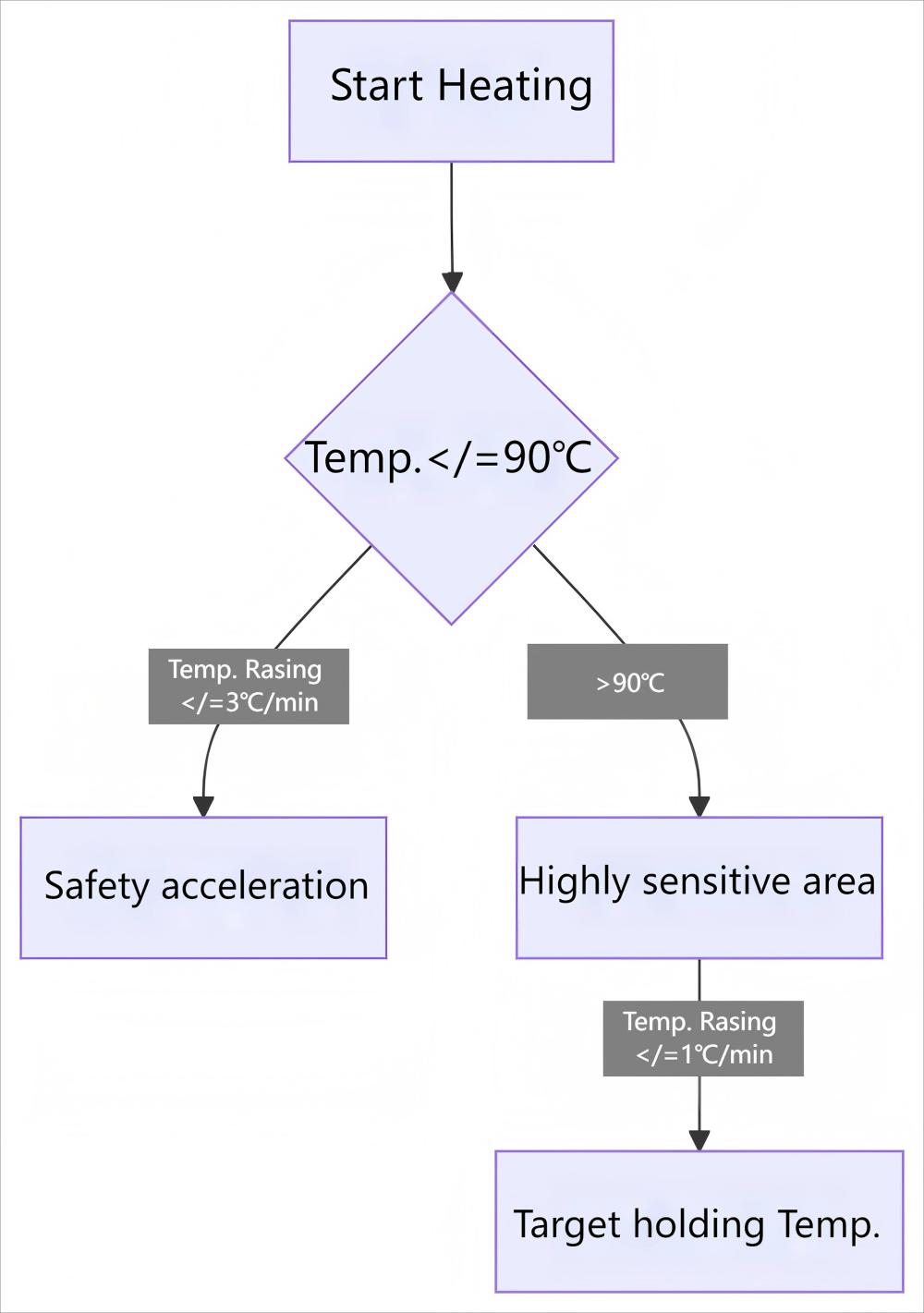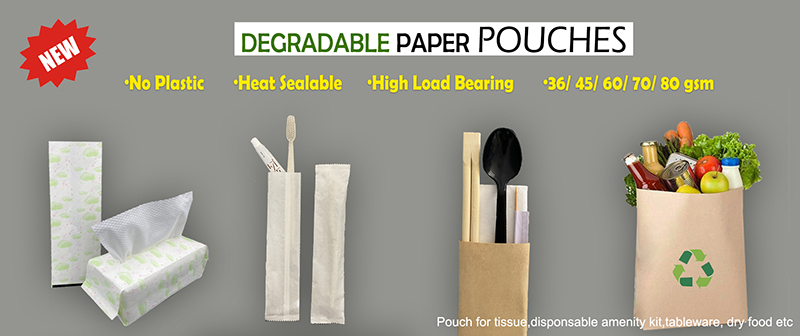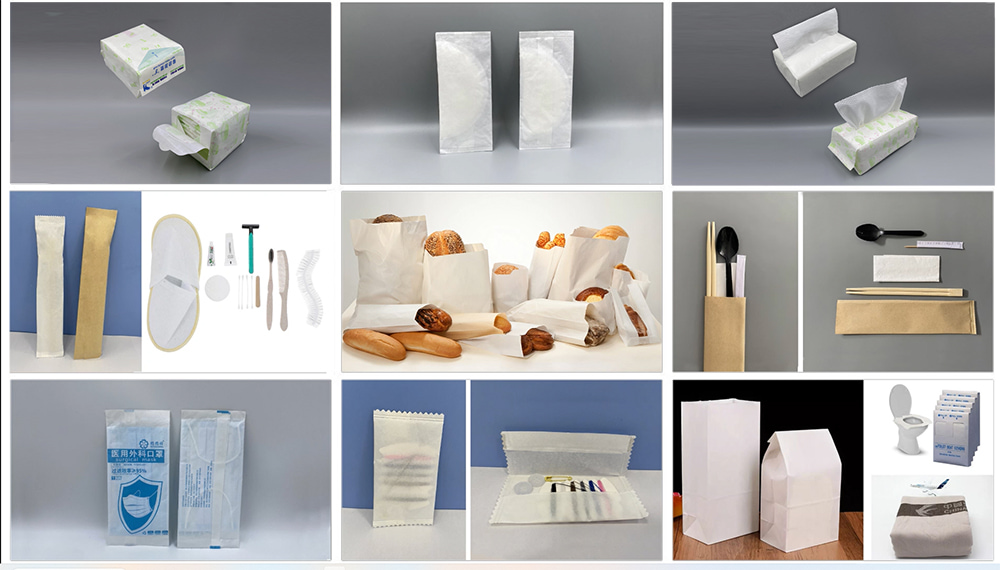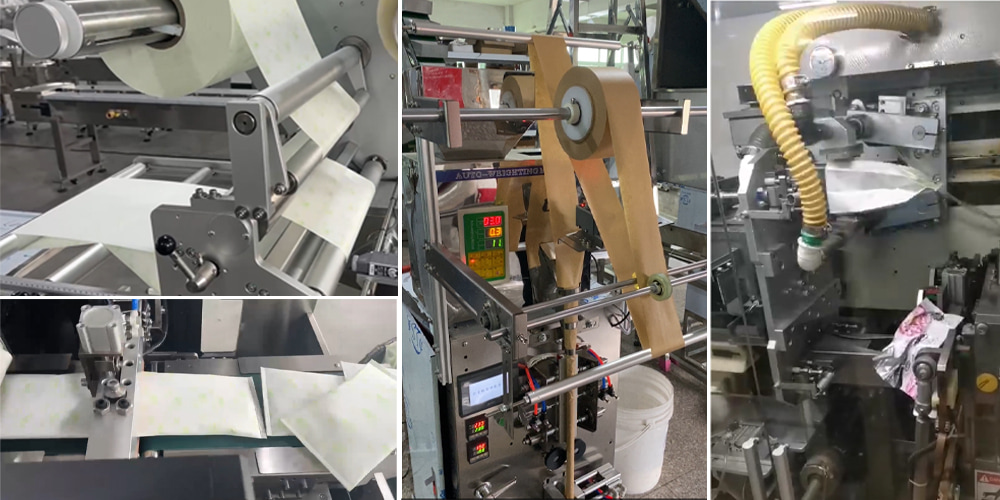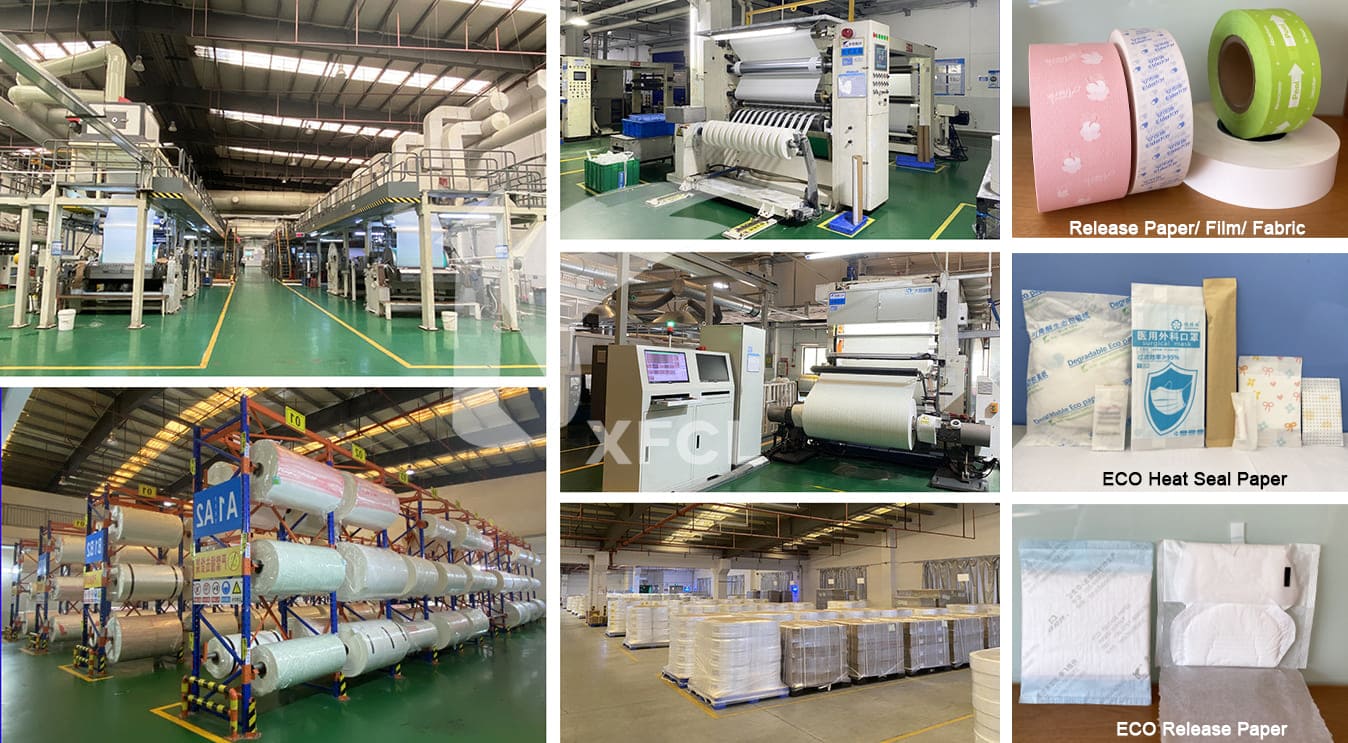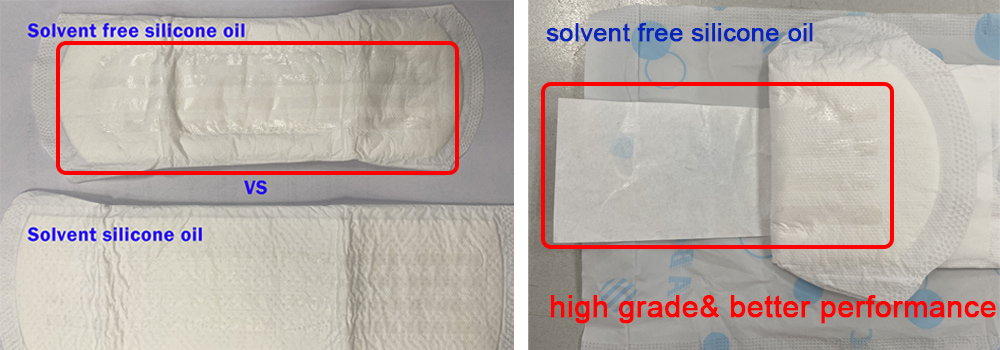In the whirlwind of gift-giving – birthdays, holidays, weddings, thank-yous – the presentation matters almost as much as the gift itself. While boxes have their place, the humble custom made paper gift bag often emerges as the true unsung hero, combining effortless style, surprising strength, and a powerful eco-conscious edge. Let's unwrap why these versatile carriers deserve a prime spot in your packaging strategy.

Beyond Convenience: The Effortless Elegance
Let's be honest: wrestling with wrapping paper, tape, and ribbons can be a festive frustration. Paper gift bags swoop in as the elegant solution. They offer unparalleled convenience – simply place your carefully chosen gift inside, add some tissue paper for flourish, and you're ready to dazzle. But convenience doesn't mean compromising on aesthetics. Modern paper gift bags are canvases for stunning designs. From sophisticated minimalist patterns and rich metallics to vibrant seasonal prints and luxe textures like linen or recycled kraft, there’s a bag to perfectly match the occasion and the recipient's taste. They arrive looking polished and professional, every single time.

Strength You Can Trust: Built to Carry Joy
Don't underestimate the sturdy nature of well-made paper gift bags! Crafted from durable paperboard, often with reinforced bottoms and strong twisted paper handles or fabric cords, they are designed to hold a surprising amount of weight securely. Whether it's a hefty bottle of wine, a collection of books, or delicate ceramics nestled within, quality paper bags provide reliable support, ensuring your gift arrives intact and looking its best. No flimsy mishaps here.
The Green Heart: Sustainability as Standard
In an era where environmental responsibility is paramount, paper gift bags naturally take center stage. Unlike plastic alternatives destined for landfills or oceans, paper bags are:
Renewable & Recyclable:Made from trees (a renewable resource, especially when sourced responsibly) and often incorporating high recycled content.
Biodegradable: They break down naturally, minimizing long-term environmental impact.
Reusable: Their inherent durability encourages multiple uses – as shopping totes, storage solutions, or even for future gift-giving. This significantly extends their lifecycle and reduces overall waste.Choosing paper gift bags sends a clear, positive message about your brand's or personal commitment to sustainability, resonating deeply with eco-conscious consumers.

The Power of Personalization: Your Brand, Amplified
For businesses,luxury white card paper gift bags are potent branding tools. They offer a prime canvas for your logo, brand colors, and unique messaging. Every time a customer carries your distinctively branded bag, it becomes a walking advertisement – promoting your brand to potential new customers wherever they go. The tactile feel and visual appeal of a custom-designed bag significantly elevate the perceived value of your product and enhance the overall customer experience, fostering loyalty and recognition.

The Perfect Packaging Partner
Paper gift bags are more than just containers; they are an integral part of the gift experience. They offer:
Effortless Style: Beautiful designs for any occasion.
Reliable Function: Durable construction for secure carrying.
Eco-Conscious Choice:A sustainable, reusable, and recyclable option.
Brand Building Power: A valuable platform for customization and promotion.

Ready to Elevate Your Gifting?
At Detai ,Your Brand Packaging supplier, we specialize in crafting high-quality, beautiful, and sustainable paper shopping bags tailored to your needs. Whether you're a retailer seeking bespoke branded solutions or an individual looking for the perfect finishing touch, explore our diverse range of sizes, materials, and printing options. Let us help you make every gift not just given, but beautifully presented and responsibly packaged.
Discover the difference premium paper gift bags can make. Contact us today for a quote!


